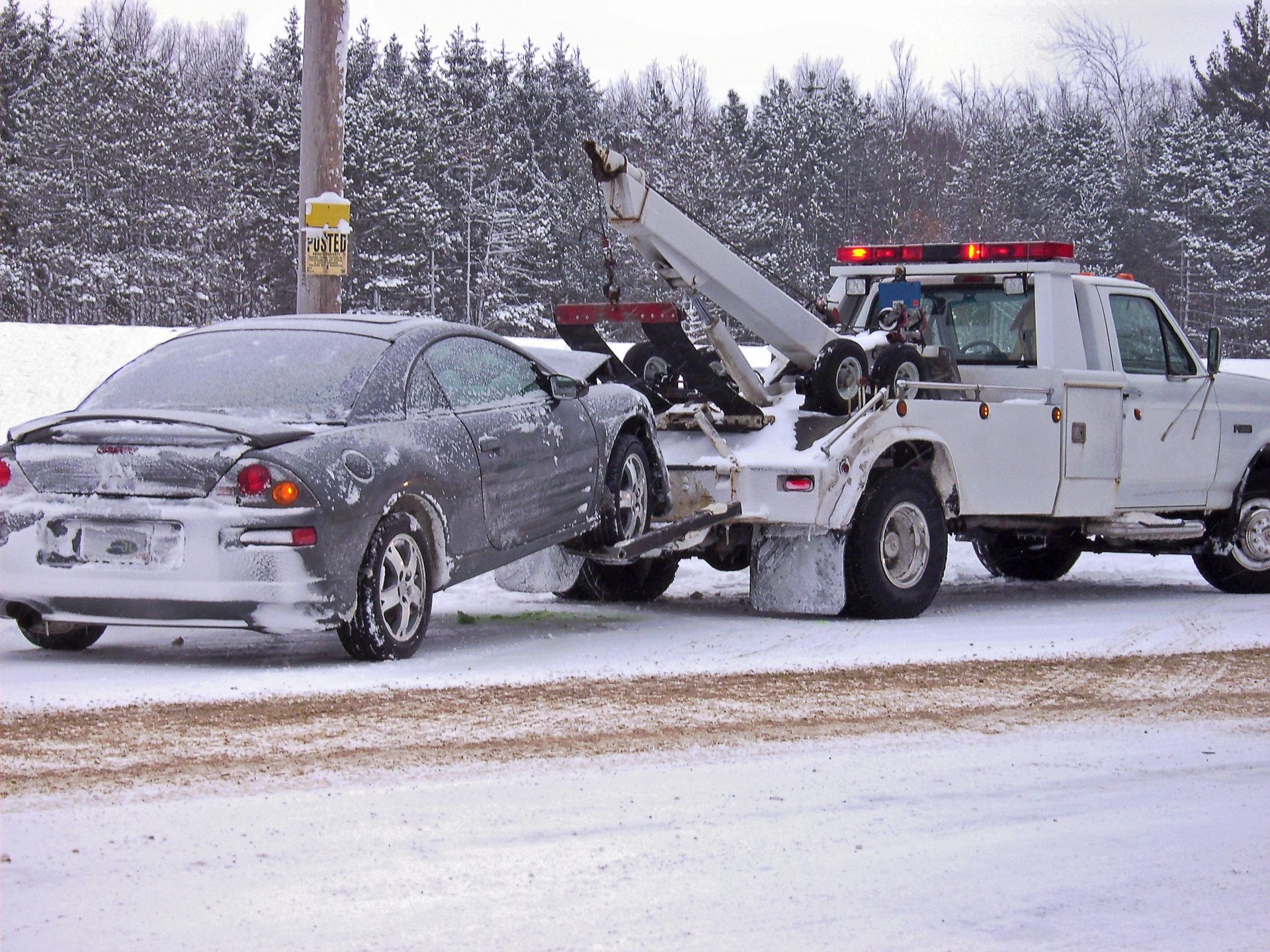From NEA Member Benefits
It happens every year: the summer heat fades, the leaves fall and what was easy, warm-weather driving suddenly changes. As temperatures drop, it’s time to remember how to avoid slide-offs and crashes on wet, icy roads. You and your family can take precautions now before encountering winter road conditions.
The first rule of thumb is to slow down and not be in a hurry. Public safety groups continually remind drivers that slick roads mean slower stopping times and the need for increased distances between vehicles. They also add that four-wheel drive does not mean four-wheel stopping.
But there’s a lot more to remember about changing road conditions than just speed. The National Highway Traffic Administration (NHTSA) offers this pre-winter advice:
- Make sure your vehicle has good tire tread, a strong battery and fresh windshield wipers and fluid
- Have emergency items like a flashlight, jumper cables, material for traction (kitty litter or sand), a shovel, ice scraper and spare water, blankets and food
- Plan and know your route
- Practice cold weather driving so you’ll know how your vehicle responds
- Keeping a full tank of fuel
- Always use seat belts and child safety seats
When inclement weather hits:
- Never drive impaired
- Slow down and increase distances between cars
- Avoid fatigue and drowsy driving
- Watch for pedestrians
If you should become stranded in a storm, these actions can save your life:
- Call for help immediately
- Stay in your vehicle to protect against the elements and other vehicles that might slide and hit you or your car
- Crack the windows slightly and clear snow from the exhaust pipe to prevent carbon monoxide poisoning
- Run the engine for short periods of time for warmth and to recharge the battery
It’s also important that your vehicle’s exhaust system is inspected before winter’s chill. Each year, dozens of people suffer carbon monoxide poisoning in their vehicles due to exhaust system leaks, especially when windows are rolled up and heaters are turned on.
Despite the best-made plans, accidents do happen. Before you head out on the roads, make sure you know what to do if you’re involved in a crash. The National Association of Insurance Commissioners has a downloadable auto accident checklist at: http://www.insureuonline.org/auto_accident_checklist.pdf.
California Casualty, provider of the NEA® Auto & Home Insurance Program, also reminds you that good auto insurance protection is no accident. Find out what discounts you qualify for as an NEA member by calling a California Casualty advisor today for a policy comparison or review at 1.800.800.9410 or visit www.neamb.com/autohome.
Sources for this article:
https://www.osha.gov/Publications/safeDriving.html
https://www.nhtsa.gov/winter-driving-tips
# # #




